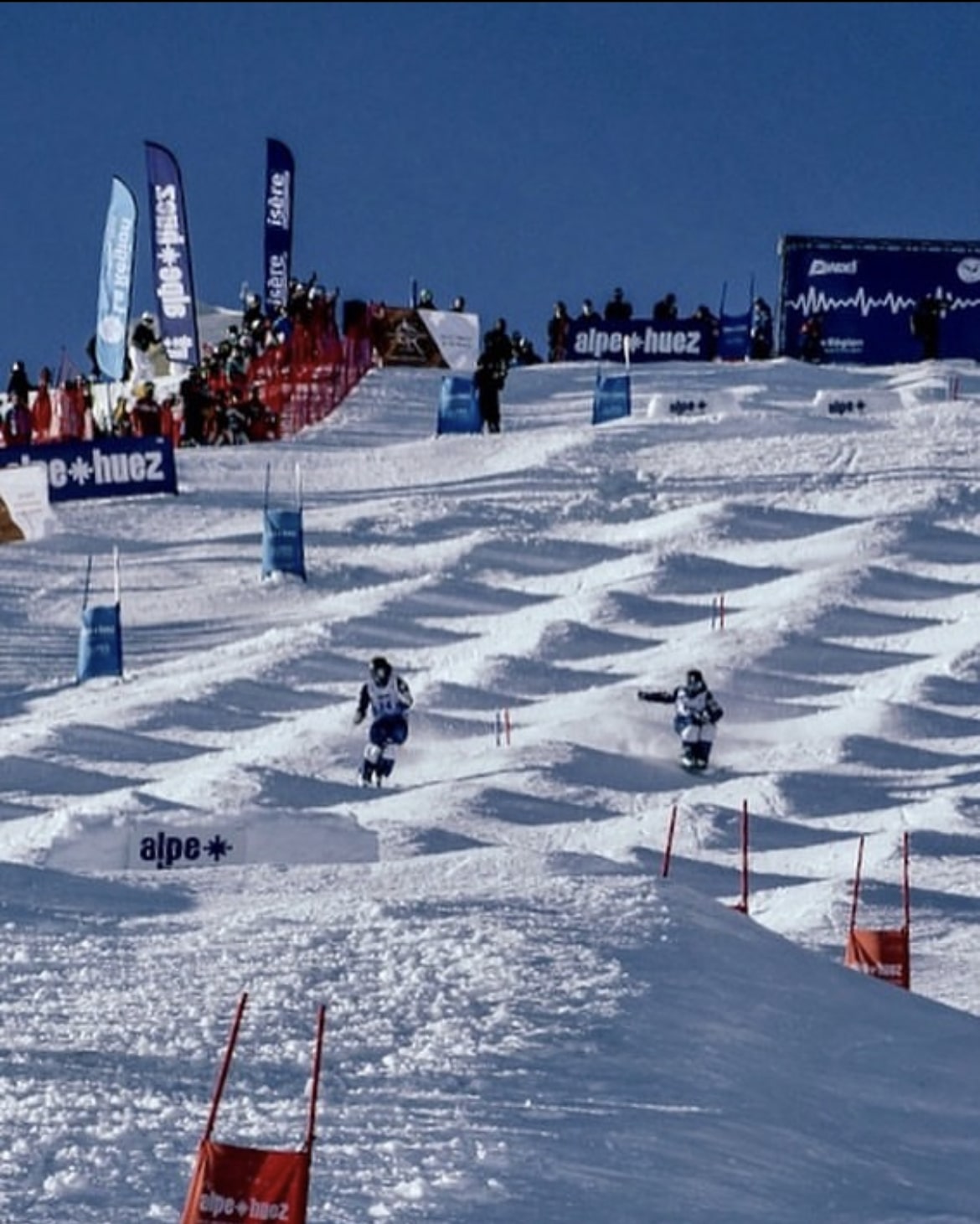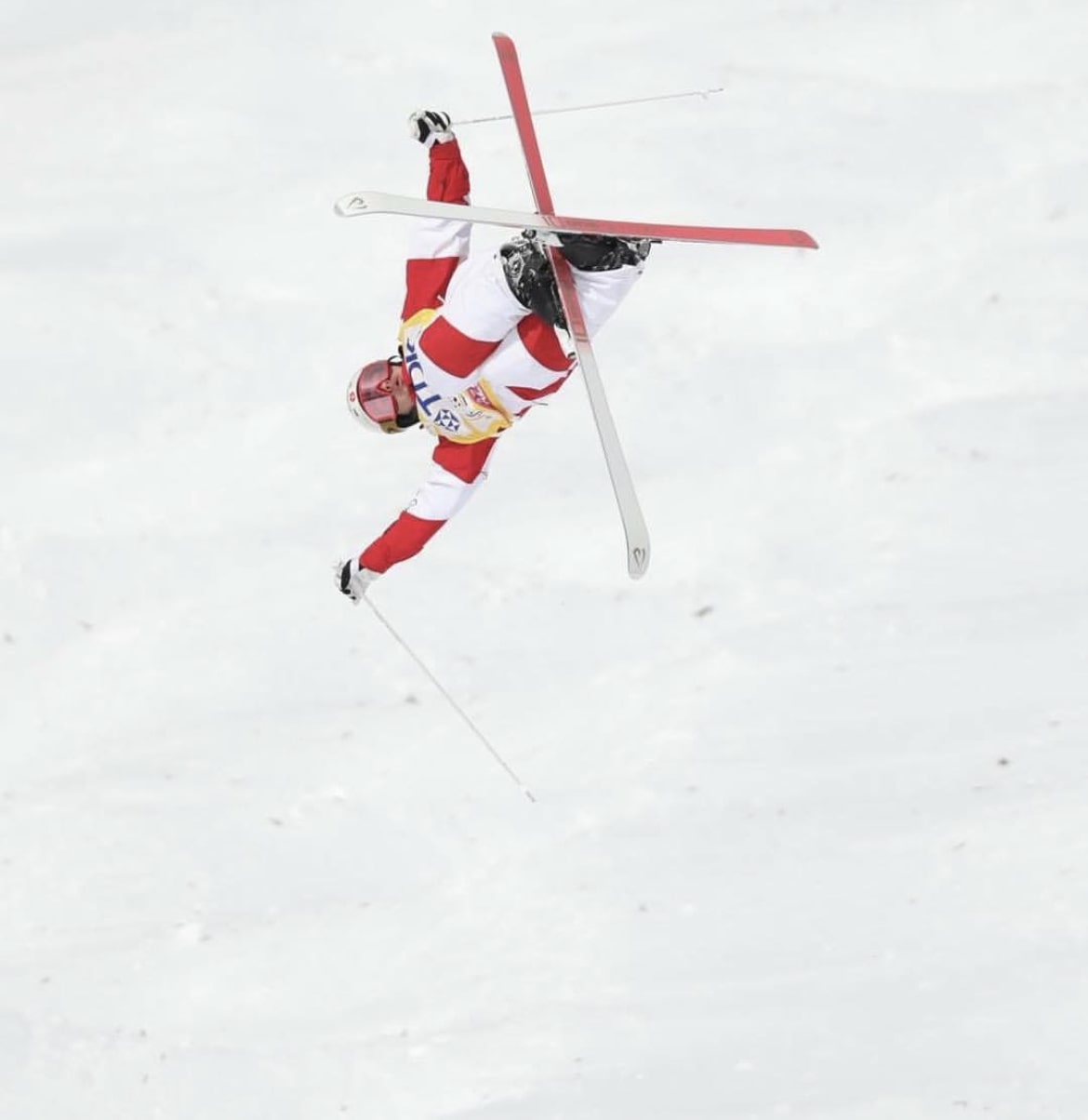
On June 24 2022 the International Olympic Committee ‘IOC’ announced the addition of two new disciplines to the Winter Olympics. These disciplines are dual moguls and women’s large hill ski jumping. The addition of women’s large hill jumping leaves Nordic Combined as the last men-only Winter Olympic event.
- Related: [OLYMPICS] Grand Targhee’s Jaelin Kauf Takes Silver in Moguls at Beijing 2022 Winter Olympics
Today we’ll take a closer look at dual moguls, which will premier at the ski resort of Livigno, Italy, at the Milano-Cortina 2026 Olympics for both men and women. Prior to the addition of the duals, only single moguls was an Olympic discipline. Single moguls was a demonstration event at the 1988 Olympics in Calgary, Canada, and became an official discipline at the 1992 Olympics in Albertville, France.
Moguls is one of the Winter Olympics’ many judged events. Competitors ski a roughly 770ft (235m) course of about 28° with two jumps in under 30 seconds. This makes moguls easy to watch both on television as well as live. Unlike some Alpine events which are harder to follow for a live audience due to the length of the course. Further, the sheer speed and skill of the mogul skiers combined with some amazing airs, make it a fast-paced crowd pleaser. Many competitions have music pumping, adding to the vibe and energy.
In order to understand duals, one has to understand the scoring of the singles event. In a singles mogul competition, the skiers are judged by a team of judges on three components:
- Moguls turns technique (60%)
- Air (20%)
- Speed (20%)
At the Olympics, there are seven judges, five turn judges, and two air judges. The time score is calculated based on the course’s pace time. The turns are evaluated based on carving technique, body position, absorption, and extensions. Points are deducted for mistakes, such as deviating from the fall line and falls. A perfect score would be 60 points for turns.
While the air is probably the most impressive looking of the three factors, its scoring element is actually fairly small. The air judges evaluate the execution of the jump by its form, amplitude, and fluidity. This score is then multiplied by the difficulty of the jump. There is a fixed point score for each jump. A maximum score for air is 20 points. Lastly, the run is timed and time points are awarded depending on the course’s pace time. Each course has its own set pace time.

From the results of the singles event, the top 16 skiers qualify for the duals. They are matched up top versus bottom skier, so 1st ranked versus 16th, 2nd versus 15th, etc. until you reach 8th versus 9th placed skier. Each skier gets assigned a lane, blue or red. They start at the same time. The winner of each round advances to the next round. The top eight qualify for the quarter-finals, the top four into the semis, and from the semi-results the two winners compete in the big final for gold and silver and the two runner-ups in the small final for bronze and fourth place.
The judging in the duals is slightly different from singles. There are again seven judges and each judge awards five points, which each judge distributes at their discretion, so 5-0, or 3-2, or 1-4 for the skier on the red course versus the skier on the blue course.
The duals is typically very fast-paced as the skiers race against each other down the course. The jumps tend to be a bit simpler in duals as skiers focus more on the overall speed. It is an absolute nail-biter to watch and will surely attract the crowds on the course as well as on TV in 2026.
If you are keen to watch some mogul events near you, here are some dates for the upcoming 22/23 FIS World Cup Mogul series. The FIS World Cup season kicks off in Europe with three World Cup events in Ruka, Finland, December 2-4, followed by Idre Fjäll, Sweden, December 10-12, and Alpe d’Huez December 16-17, after which the World Cup athletes head to North America where the series continues in Winter Park, USA, from January 10-13, then Val St. Come, Canada, January 27-28 and Deer Valley, USA, from February 2-4.
After watching some dual competitions and with the help of our information, you’ll be a pro by 2026 and can impress all your friends with your in-depth mogul knowledge at the next Olympics.
View this post on Instagram